Graphic:
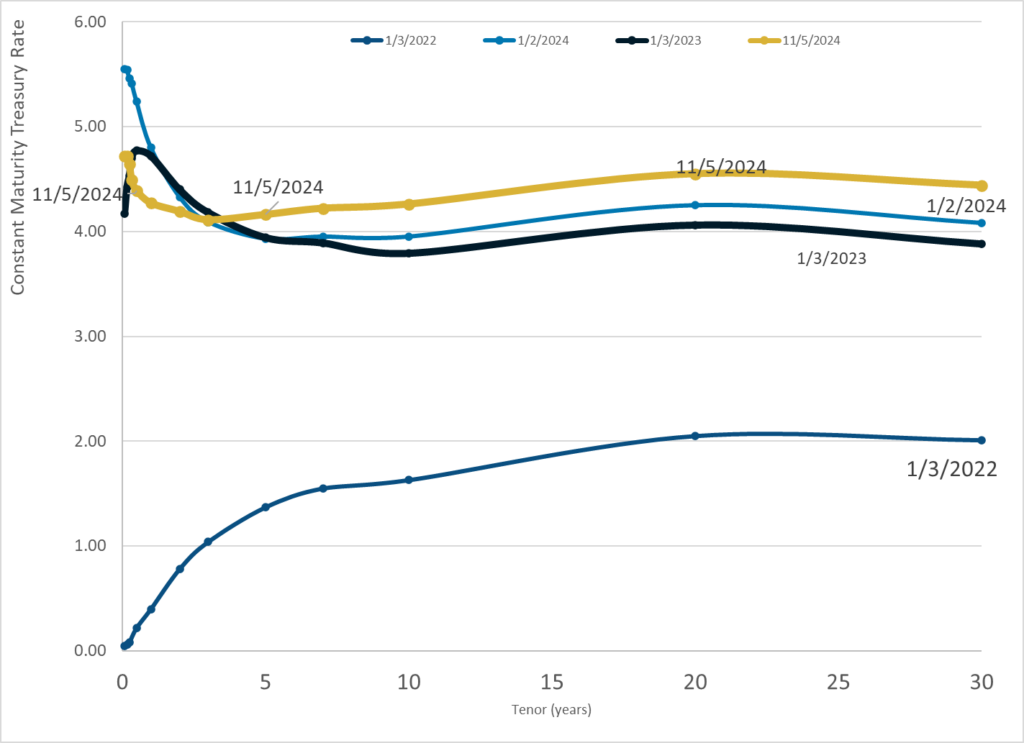
Publication Date: 5 Nov 2024
Publication Site: Treasury Dept
All about risk
Graphic:

Publication Date: 5 Nov 2024
Publication Site: Treasury Dept
Graphic:
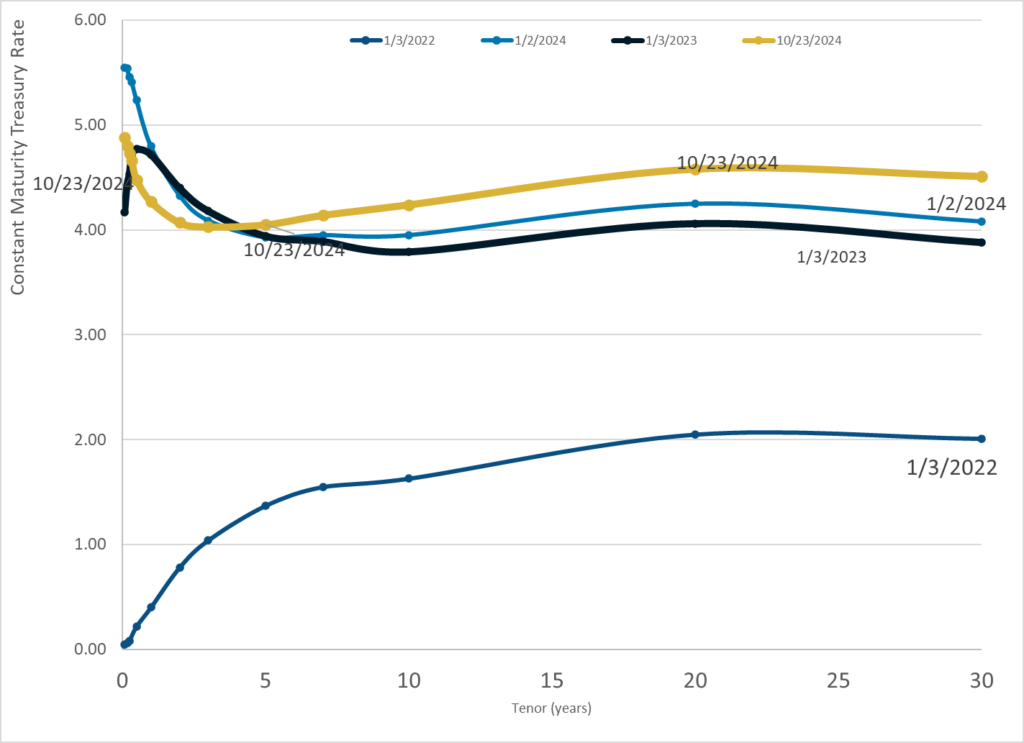
Publication Date: 23 Oct 2024
Publication Site: Treasury Department
Graphic:
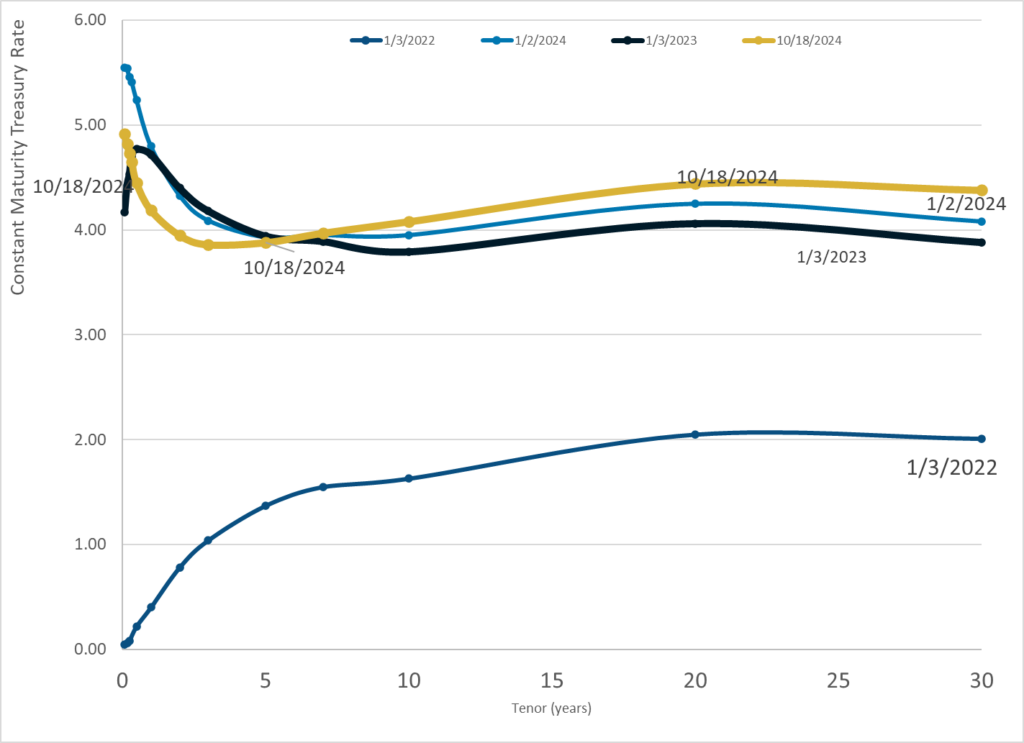
Publication Date: 18 Oct 2024
Publication Site: Treasury Dept
Graphic:
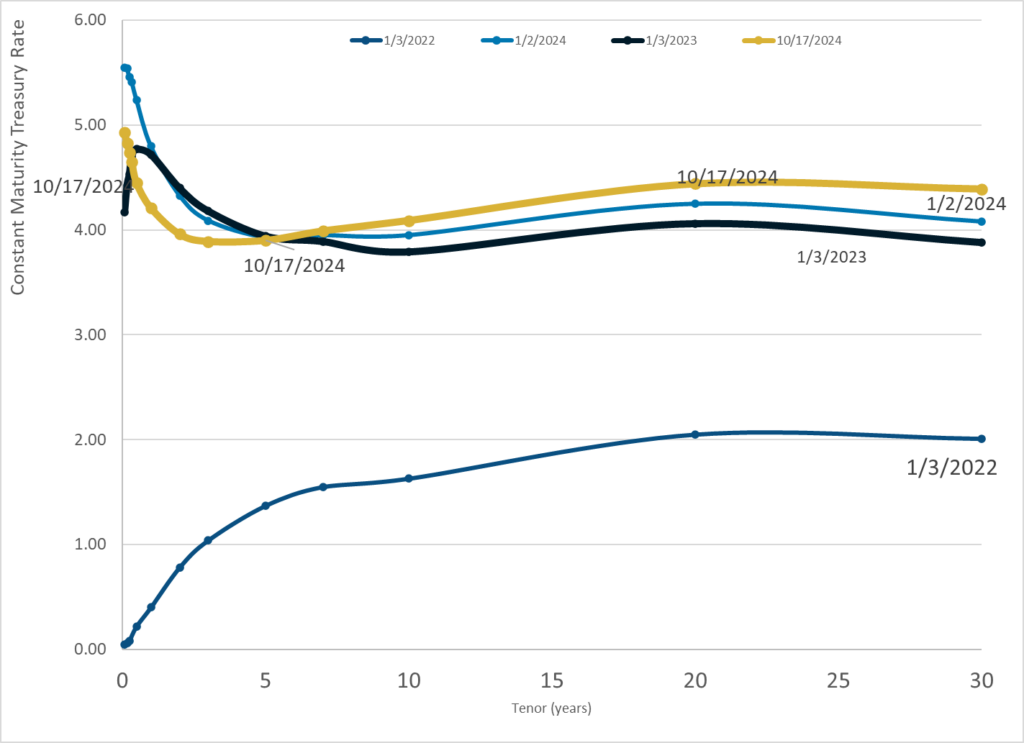
Publication Date: 17 Oct 2024
Publication Site: Treasury Dept
Graphic:
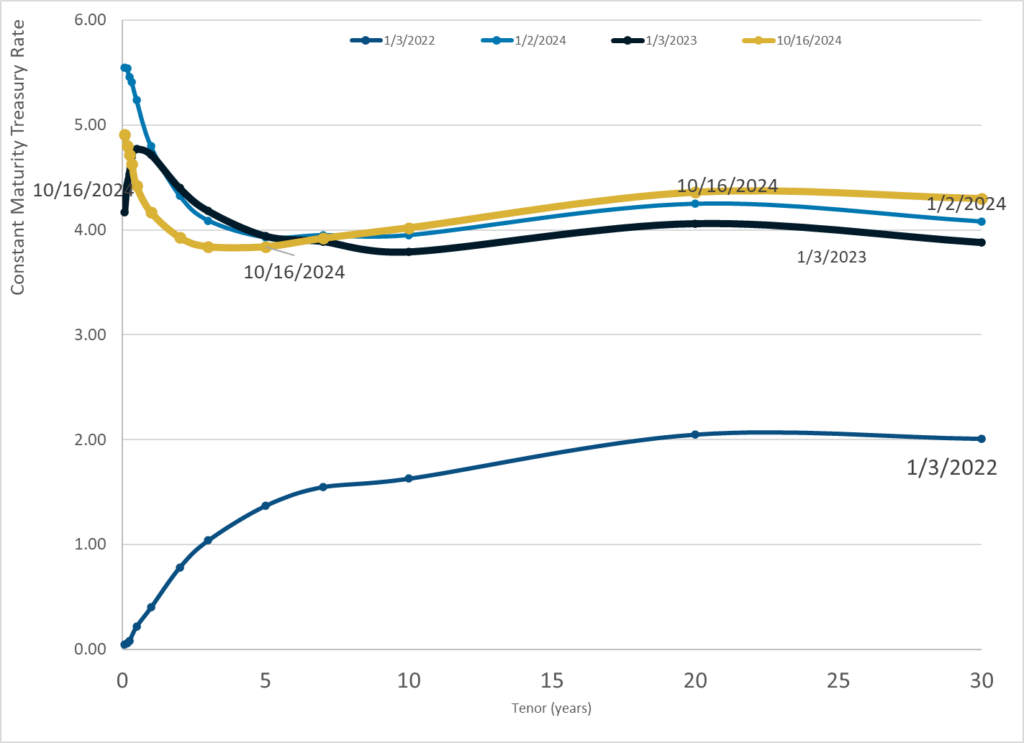
Publication Date: 16 Oct 2024
Publication Site: Treasury Dept
Graphic:
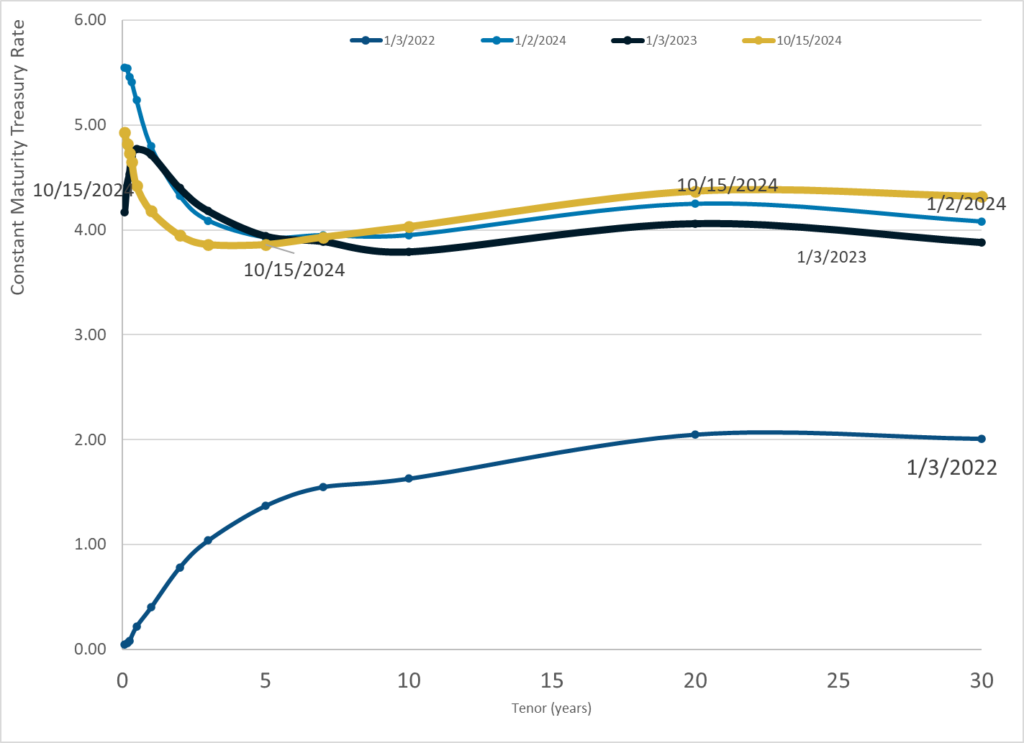
Publication Date: 15 Oct 2024
Publication Site: Treasury Dept
Graphic:
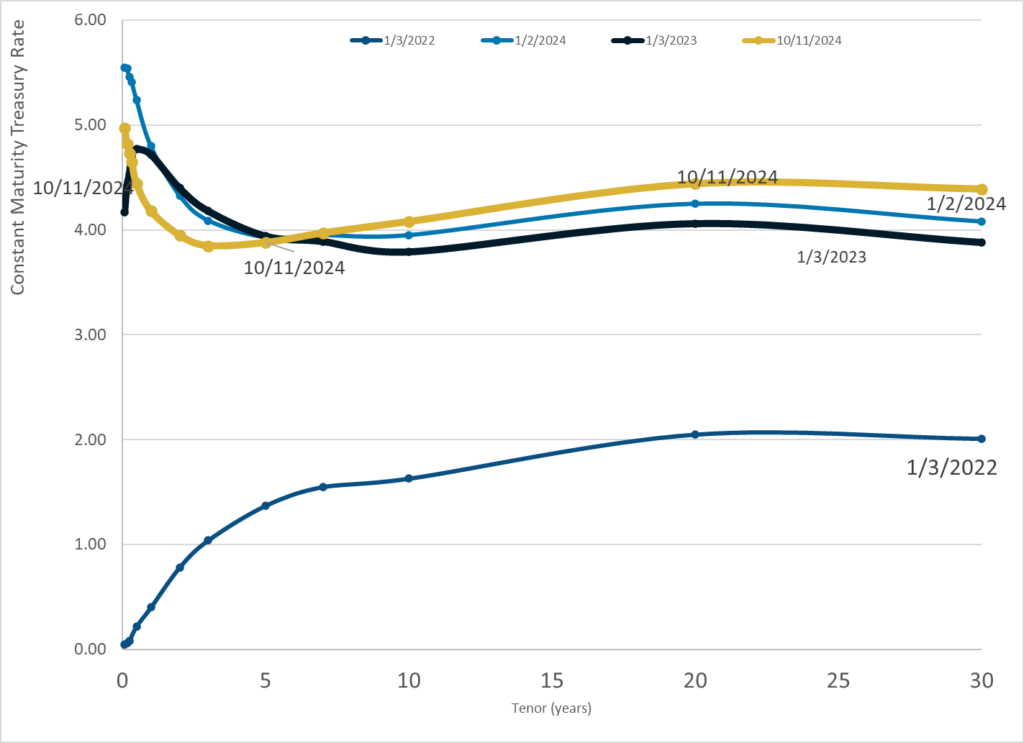
Publication Date: 11 Oct 2024
Publication Site: Treasury Dept
Graphic:
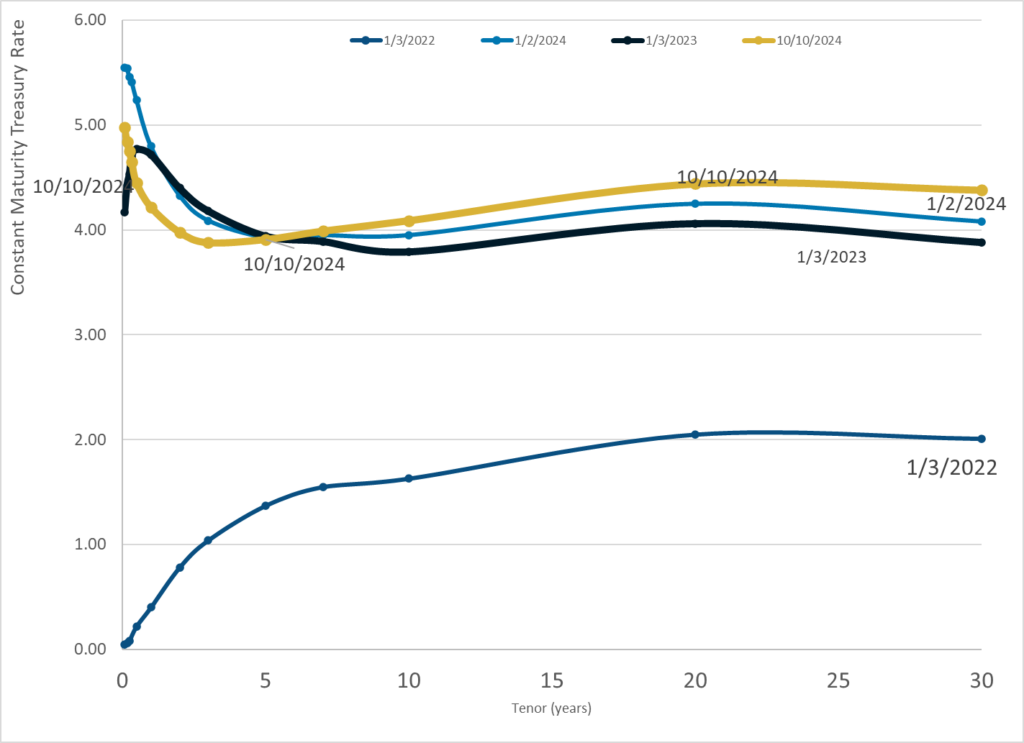
Publication Date: 10 Oct 2024
Publication Site: Treasury Dept
Graphic:

Publication Date: 1 Oct 2024
Publication Site: Treasury Dept
Graphic:
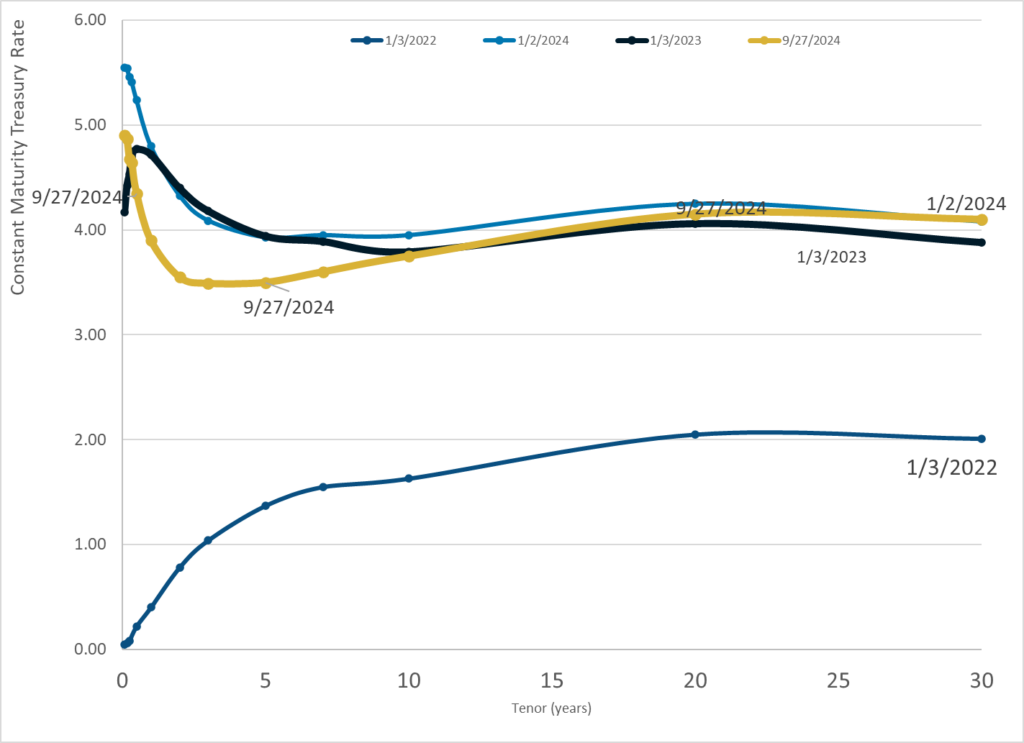
Publication Date: 27 Sept 2024
Publication Site: Treasury Dept
Graphic:

Publication Date: 24 Sept 2024
Publication Site: Treasury Dept
Graphic:
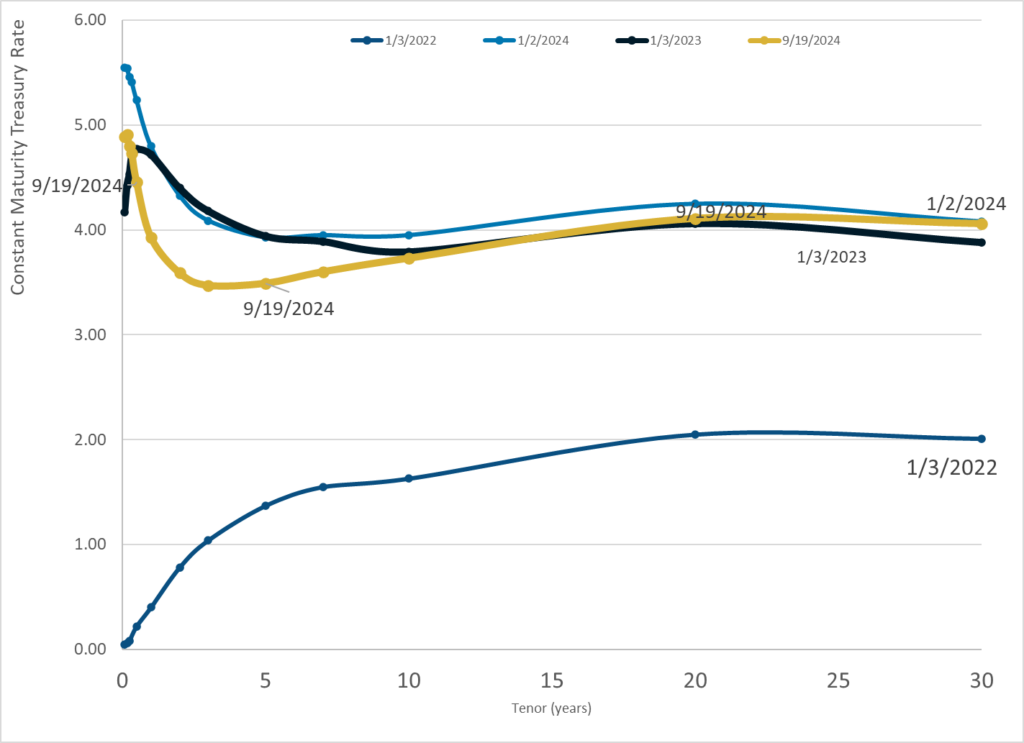
Publication Date: 19 Sept 2024
Publication Site: Treasury Dept